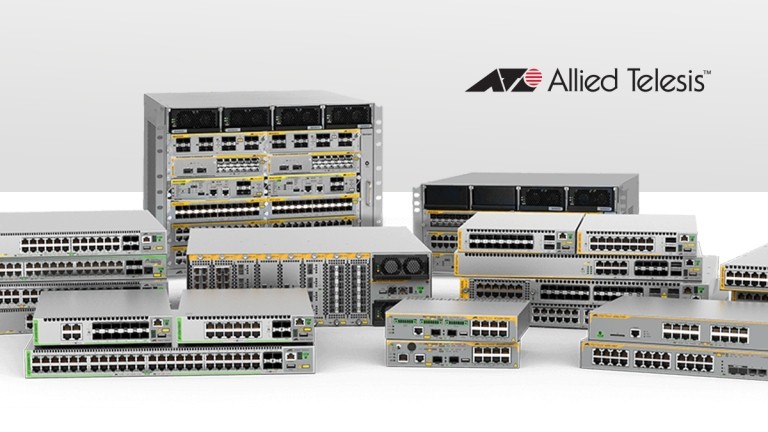
What's the difference between a network switch and a hub?
In the world of computer networking, network switches and network hubs are two devices that serve a similar purpose: connecting multiple devices to a network. However, the way they operate is fundamentally different. In this article, we will explore the differences between network switches and network hubs, and why hubs are no longer used in modern networking.
What is a network hub?
You can think of a network hub as being like a loudspeaker at an event. Just as a loudspeaker amplifies and broadcasts sound to everyone in the room, a hub sends all data to all devices on the network. This approach may seem convenient at first, as it allows all devices to communicate with each other, but it quickly leads to network congestion and slow data transfer speeds.
Imagine you're at a party and someone is speaking through a loudspeaker. Everyone in the room can hear them, but it's difficult to hear anything else going on in the room. If multiple people try to speak at once, it quickly becomes chaotic and confusing. This is similar to how a network hub operates - all devices can communicate with each other, but it becomes increasingly difficult as the network grows.
What is a network switch?
A network switch operates more like a private conversation. It sends data only to the device that needs it, rather than broadcasting it to all devices on the network. This approach is much more efficient and allows for faster data transfer speeds.
Continuing with the party analogy, imagine two people having a private conversation in the corner of the room. They can communicate with each other without disturbing anyone else in the room, and they can do so quickly and efficiently. This is similar to how a network switch operates - devices can communicate with each other quickly and efficiently without disturbing the rest of the network.
Have switches replaced hubs?
Hubs are not used anymore. As networks grew larger and more complex, the limitations of hubs became increasingly apparent. With all data being broadcast to all devices, network congestion and data collisions became more common, leading to slower data transfer speeds and decreased network performance. Additionally, the security of a network operating on a hub is limited, as all data is available to all devices on the network.
In contrast, network switches offer greater flexibility, scalability, and control. They can prioritize certain types of data, such as video or voice, over other types, ensuring that critical data is delivered quickly and efficiently. They also offer security features, such as VLANs, which allow network administrators to segment the network and restrict access to certain devices or areas.
In conclusion.
Network switches and network hubs may seem similar, but they operate in fundamentally different ways. While network hubs were once the go-to device for connecting devices to a network, they are no longer used in modern networking due to their limited performance and security. Network switches, on the other hand, provide a more efficient and secure way to connect devices to a network, allowing for faster data transfer speeds, better network performance, and more granular control over network traffic.
What does Allied Telesis offer?
We have a comprehensive portfolio of modern, easy-to-manage switches to fit any size network, from a small business to a large campus - even stadiums for big events. We also provide network training for our customers and partners, including basic and in-depth switching.
